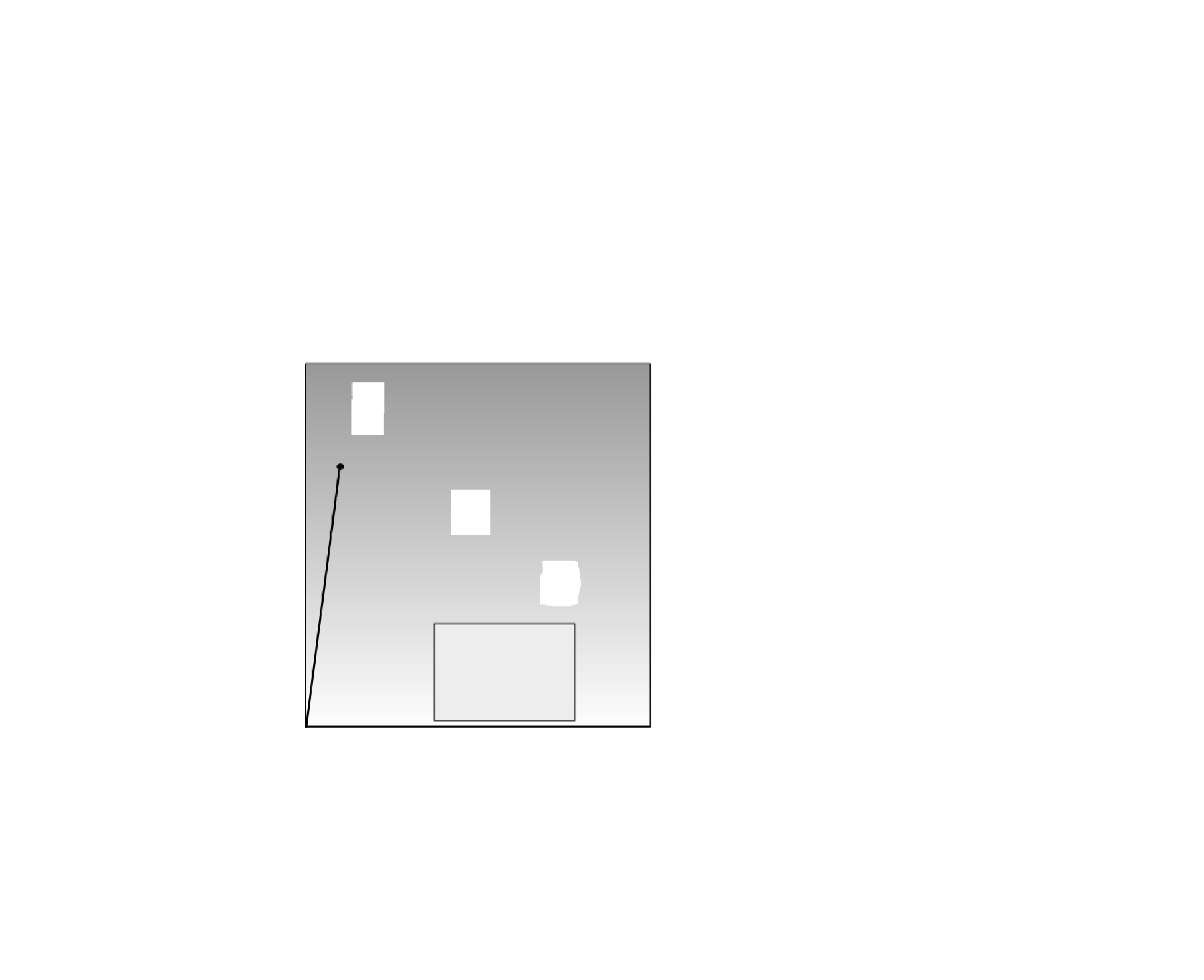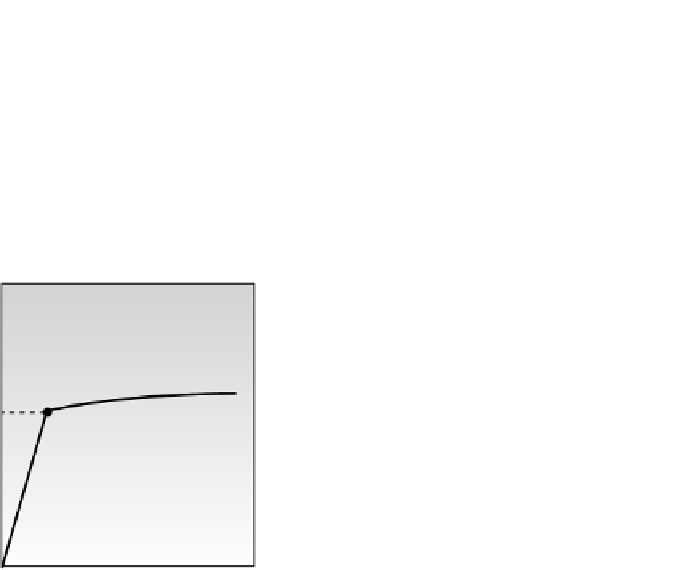Geoscience Reference
In-Depth Information
ideal conditions; they are considered homogeneous (the
rock has the same composition in all its volume) and
isotropic (the rock has the same physical properties in all
directions). Rocks are rarely completely homogeneous or
isotropic due to their granular/crystalline nature and
because of the presence of defects and irregularities in the
crystalline structure, as well as layers, foliations, fractures,
and so on. Nevertheless, although such aberrations would
be important in small samples, on a large scale, when large
volumes are being considered, rocks can be sometimes
regarded as homogeneous. Usually, however, natural rhe-
ological behavior corresponds to a combination of two or
even three different simple models, such as elastic-plastic,
visco-elastic, visco-plastic, or elastic-visco-plastic. Also
materials can respond to stress differently depending on
the time of application (as in instantaneous loads
versus
long-term loads).
A well-known example of a combined rheological model
is the elastic-plastic (Prandtl material) (Fig. 3.99); it shows
an initial elastic field of behavior where the strain is recov-
erable, but once a yield stress (
y
) value is reached the
material behaves in a plastic way. The analogical model is a
spring (elastic) attached to a heavy load (plastic) moving
over a rough surface (Fig. 3.99b). The spring will deform
instantly whereas the load remains in place until the yield
stress is reached, then the load will move; after releasing
the force, the spring will recover the original shape but the
longitudinal translation is not recoverable. Elastic-plastic
materials thus recover part of the strain (initial elastic) but
partly remain under permanent strain (plastic). Remember
that in a pure elastic material, permanent strain does not
occur and after the elastic limit is reached the rock breaks
(
b
, Fig. 3.99c; line I) whereas in a Prandtl material there is
a nonreversible strain (
c
, Fig. 3.99c, line II). Once the plastic
limit is reached, the material can then break but only after
suffering some permanent barreling (
d
, Fig. 3.99c, line II).
Visco-elastic models correspond to solids (called
Maxwell materials
) which have no initial resistance to
(a)
Elastic - Plastic
Prandtl material
(c)
b
elastic
limit
plastic field
s
y
b. elastic limit
c
I
elastic field
d. plastic limit
a
II
strain (e)
c
d
(b)
s
y
elastic limit
a
F
a
time
strain (
ε
)
Fig. 3.99
(a) Elastic-plastic material shows an initial elastic field characterized by recoverable deformation strain followed by a plastic field in
which the strain is permanent. The boundary between both fields is the elastic limit located at the yield stress value (
y
); (b) The analog model
is a load attached to a spring; (c) Part of the strain is recovered (the length of the spring) and part is not (the displacement of the load).


























Search WWH ::

Custom Search